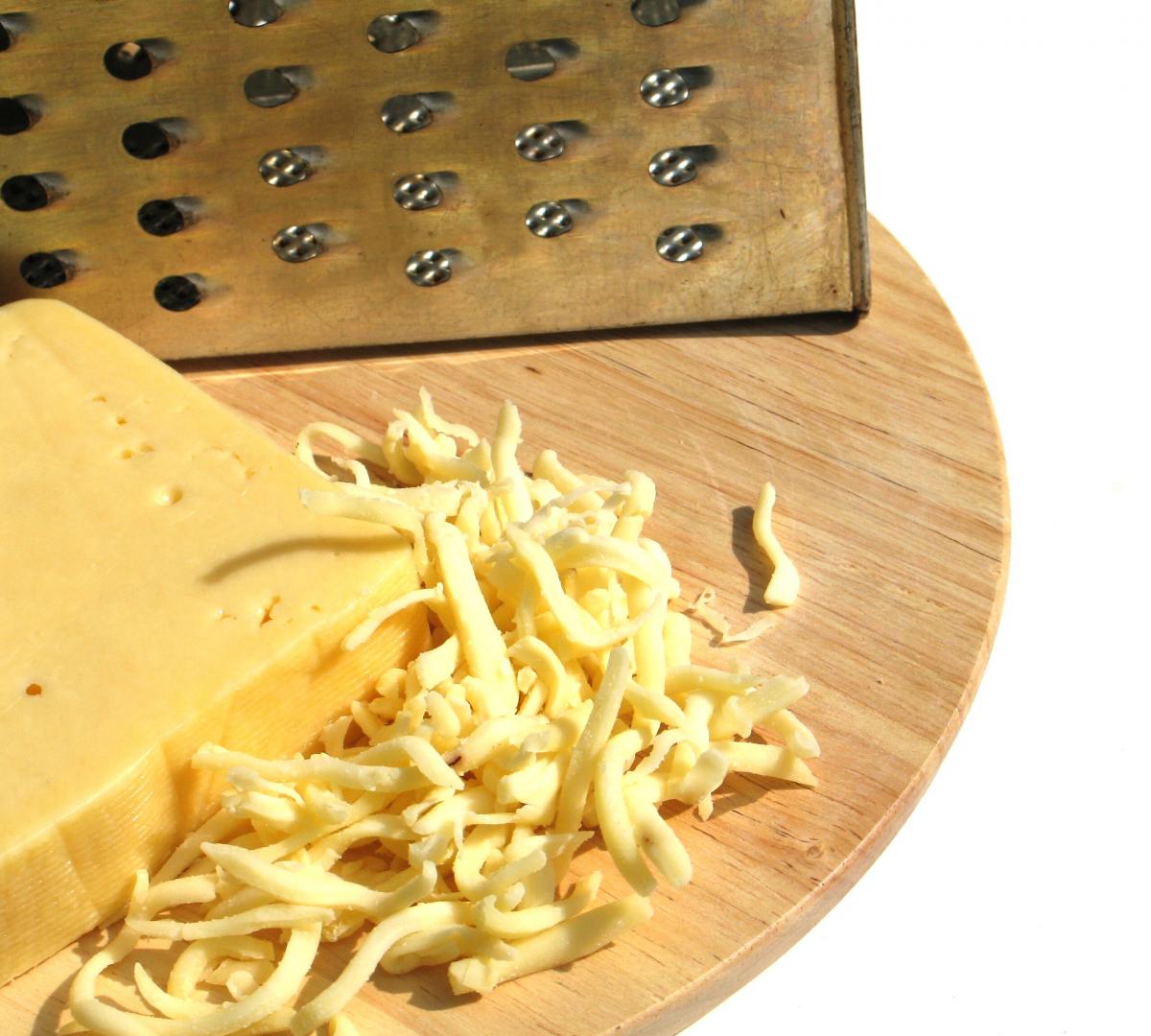NMPF Pushes Back on FDA’s Efforts to Limit Sodium in Foods, Including Cheese
November 16, 2016
 Efforts by the Food and Drug Admiration to advocate a one-third reduction of the sodium content of cheese drew strong opposition last month from NMPF.
Efforts by the Food and Drug Admiration to advocate a one-third reduction of the sodium content of cheese drew strong opposition last month from NMPF.
NMPF submitted comments in October to a U.S. Food and Drug Administration (FDA) draft guidance recommending the estimated average U.S. sodium intake of 3,400 mg per day be reduced to 2,300 mg per day over the next 10 years. NMPF has emphasized the complex role of sodium in cheese quality, functionality, and safety, and suggested FDA drop its proposal to include cheese in its sodium reduction efforts.
The guidance, titled “Voluntary Sodium Reduction Goals: Target Mean and Upper Bound Concentrations for Sodium in Commercially Processed, Packaged, and Prepared Foods,” included sodium reduction targets for a number of processed foods, including cheese and other dairy foods.
NMPF was joined by the International Dairy Foods Association (IDFA) in challenging the proposed short-term sodium reduction targets.
“Overall, after much discussion and consultation with our members and dairy foods experts, NMPF and IDFA encourage FDA in the strongest way possible to remove the entire cheese category from the sodium reduction guidance,” the comments said. “Salt plays a crucial role in the manufacture and ripening of natural and processed cheeses and impacts overall product functionality, safety, and quality.”
In a parallel effort focused on FDA sodium guidelines, NMPF suggested that FDA had overlooked two potential food categories for sodium reduction: imitation dairy beverages (e.g., soy beverage) and imitation dairy products (e.g., soy cheese, rice yogurt).
“Unlike with milk, where sodium is naturally-occurring, sodium is added to imitation dairy beverages and imitation dairy foods for taste, and in amounts greater than what is needed for microbial safety and product stability,” according to the comments.






